

Ranking Every Silent Hill Game: From Worst To Best
Since beginning over a quarter of a century ago, the Silent Hill franchise has accrued a devout fanbase that both loves and hates it. Though it includes some of the greatest horror games ever, Silent Hill also has some of the most misguided entries, making it essential to rank them all from worst to best. Fans often have strong opinions, and the varying styles of gameplay and storytelling across the series can lead to passionate debates.
In this ranking, we will only consider the mainline Silent Hill games. This means we won’t include the Gameboy Advance-exclusive Silent Hill: Play Novel, a visual novel retelling of the first game released only in Japan, nor Silent Hill: Book of Memories, which is a PS Vita Diablo-clone. We also won't be including Silent Hill: Ascension, as it is considered an “interactive media experience” rather than a traditional game. All other installments, whether released physically or digitally, will be evaluated.
So, with that being said, let’s dive into our ranking of every Silent Hill game!
11) Silent Hill: Homecoming (2008)
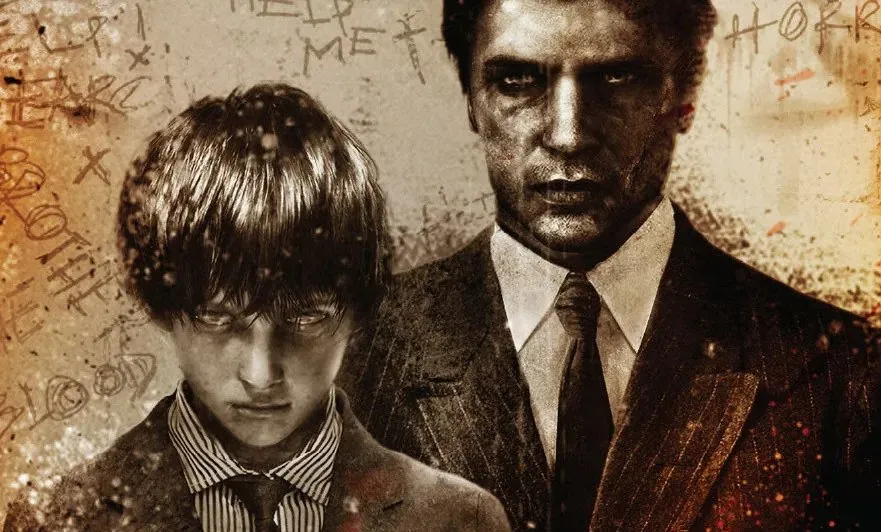
I wish I could say it was hard deciding the worst Silent Hill game, but honestly, it wasn’t. Most fans regard the Western-developed Silent Hill games poorly, and the worst, by a wide margin, is Homecoming. Silent Hill: Homecoming is a misguided entry that doesn’t seem to understand what made the franchise so interesting.
The game commits so much to action and aping previous installments, including the polarizing film, that it feels more like a lazy rehash of earlier entries and other contemporary action-horror games than anything original. The original elements do have some meat to them, like making all of the bosses related to different methods of dying and the main character’s status as a veteran, but it all comes across as a surface-level reading at best.
Add in some bugs and dated 7th-generation graphics, and you have a Silent Hill game that has aged like milk.
10) Silent Hill: 0rigins (2007)
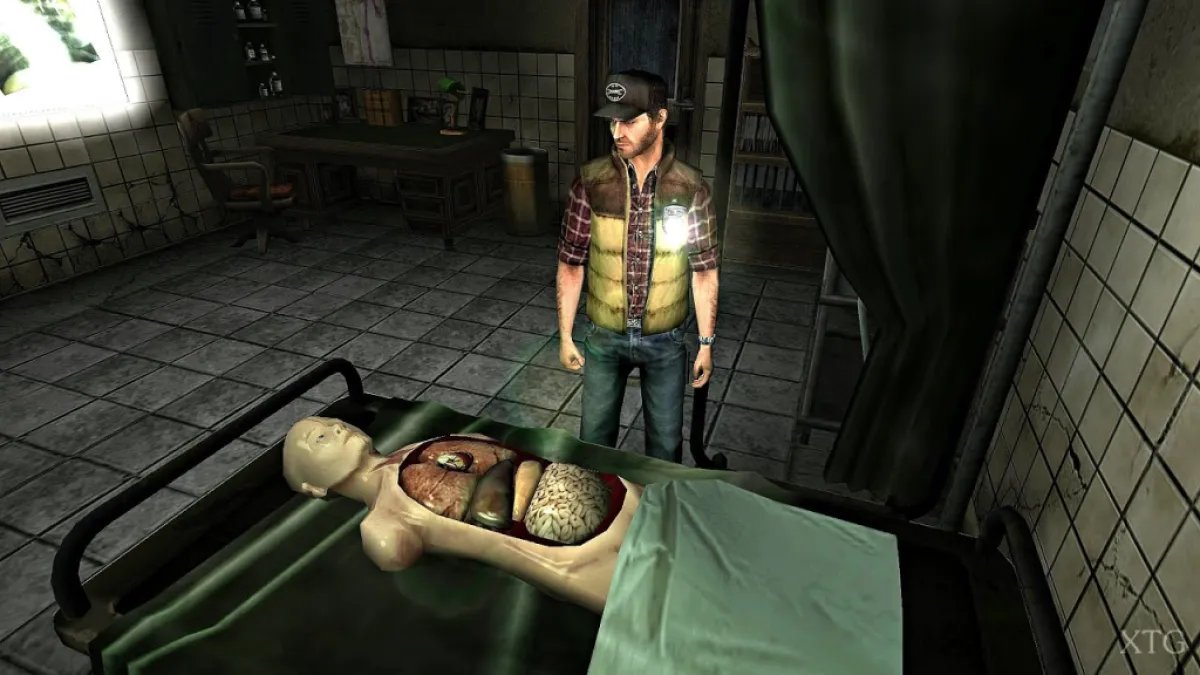
While Homecoming’s regurgitation of franchise tropes is more egregious, Silent Hill: 0rigins slightly squeaks by due to its status as a prequel of the original game. That being said, it’s a fairly unoriginal prequel that undermines a lot about what makes the original game so good, with many of the first game’s original cast returning in what I can only describe as glorified cameos.
Given its status as a PSP game, the scope and size of 0rigins is limited. However, there are plenty of amazing PSP games that work well within their limited space. Unfortunately, 0rigins feels underdeveloped and only lasts a few hours. Plus, when you factor in that a lot of its content is recycled throughout the game, 0rigins only feels even smaller than it is.
9) Silent Hill: Downpour (2012)
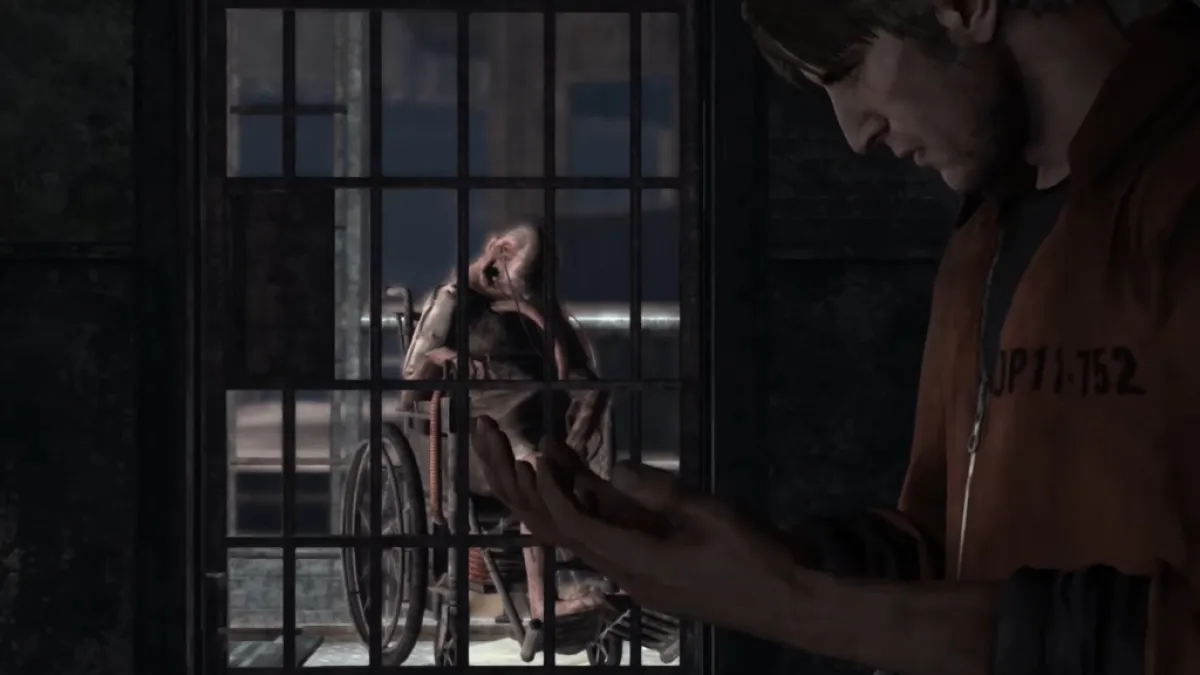
I wanted to like Downpour more than I did. As far as concepts go, playing as a convicted felon was ripe with potential, yet, like Homecoming, a lot of it wasn’t realized. The story is pretty solid with a great introduction, but it meanders towards the middle and leads to a resolution that should be more powerful than it is.
Fully exploring the town of Silent Hill and completing various side objectives is cool, but it lessens the scares, and most of the side content is fairly superfluous. Downpour boasts some nice monster designs, like the Bogeyman and the Wheelman, but there are just as many that are completely forgettable. While Downpour has a great framework and there is a good game here, it just needs more time polishing and refining what’s there.
8) Silent Hill: The Short Message (2024)
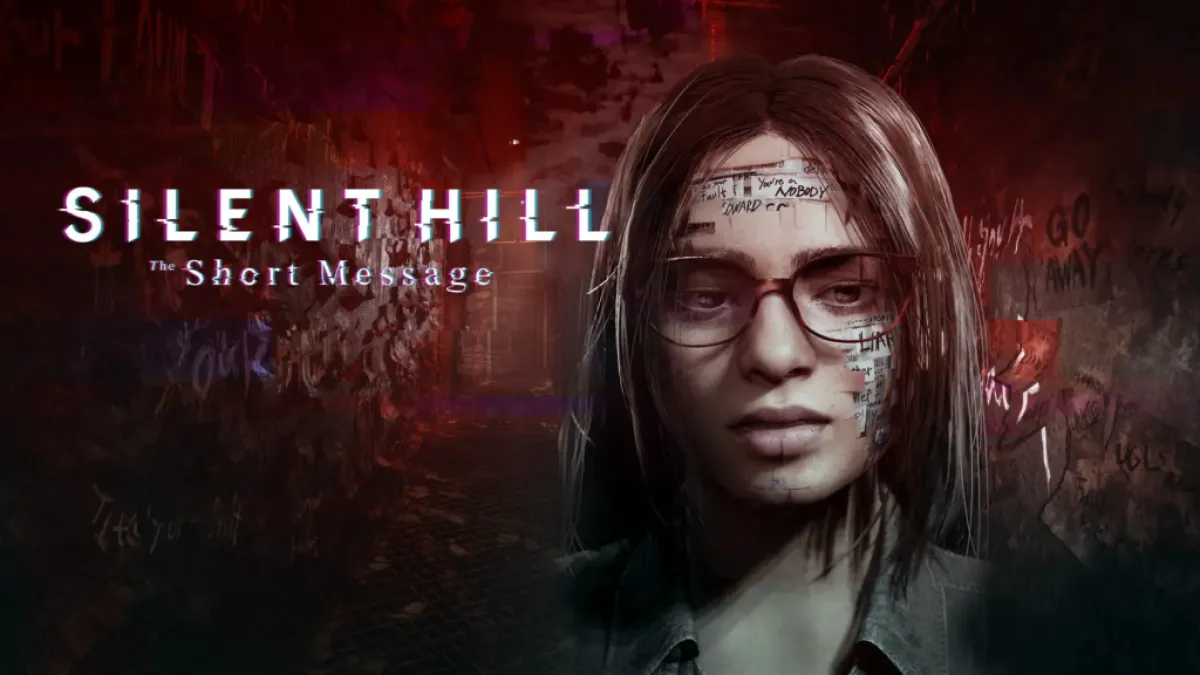
Despite leaking back in 2022, when The Short Message stealth launched on the 25th anniversary of the first game’s release in Japan, I, like many others, downloaded it immediately and gave it a whirl. As a modern interpretation of many of the franchise’s tropes, it works, creating a decent narrative with a decidedly cool-looking central monster.
There isn’t much going on here from a gameplay standpoint, as there’s only one real puzzle and numerous chase sequences with minimal interactivity. However, the game at least tells a complete story with a clear beginning, middle, and end. That’s a low bar, but it makes Silent Hill: The Short Message a serviceable entry, especially given that it is available for free.
7) Silent Hill 3 (2003)
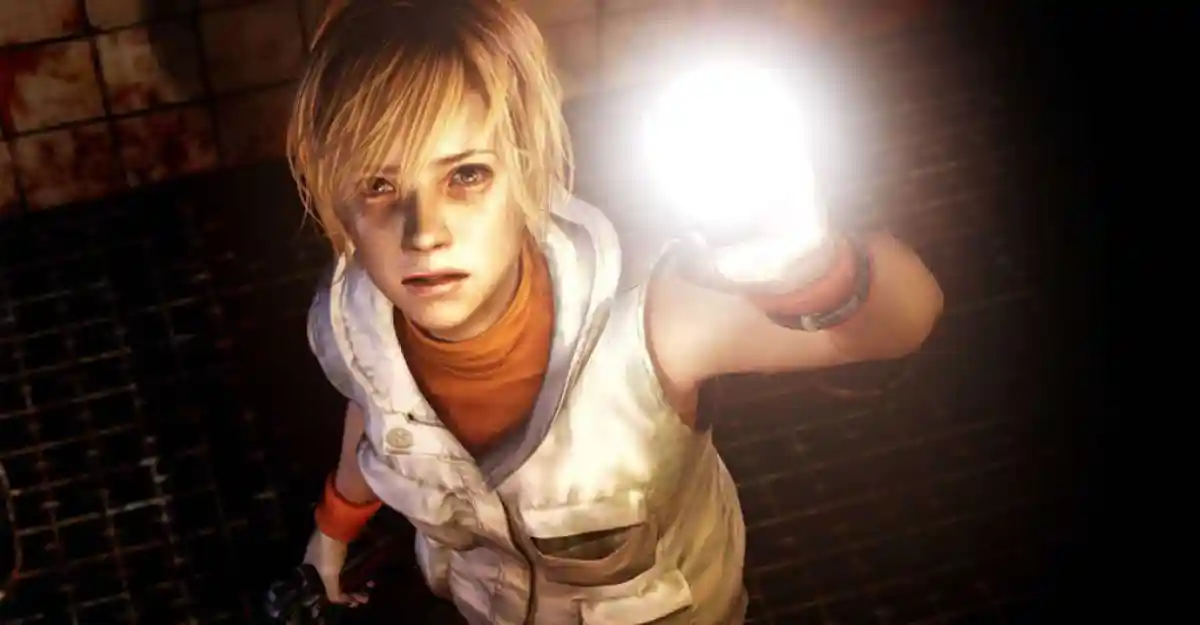
Silent Hill 3 has a lot of great ideas and some truly great scares. When I think of some of the scariest moments in the series, I think of the Mannequin Room, the Borley Light, and that godforsaken mirror. While these moments are great, actually playing Silent Hill 3 leaves a lot to be desired.
The difficulty and resource management are much stricter than in previous games, and Silent Hill 3 really puts the survival in survival-horror. That would be fine, but the levels are huge and lifeless to the point where you have no idea where you’re going and are filled with overly aggressive enemies, turning the game quickly into a chore.
6) Silent Hill 4: The Room (2004)
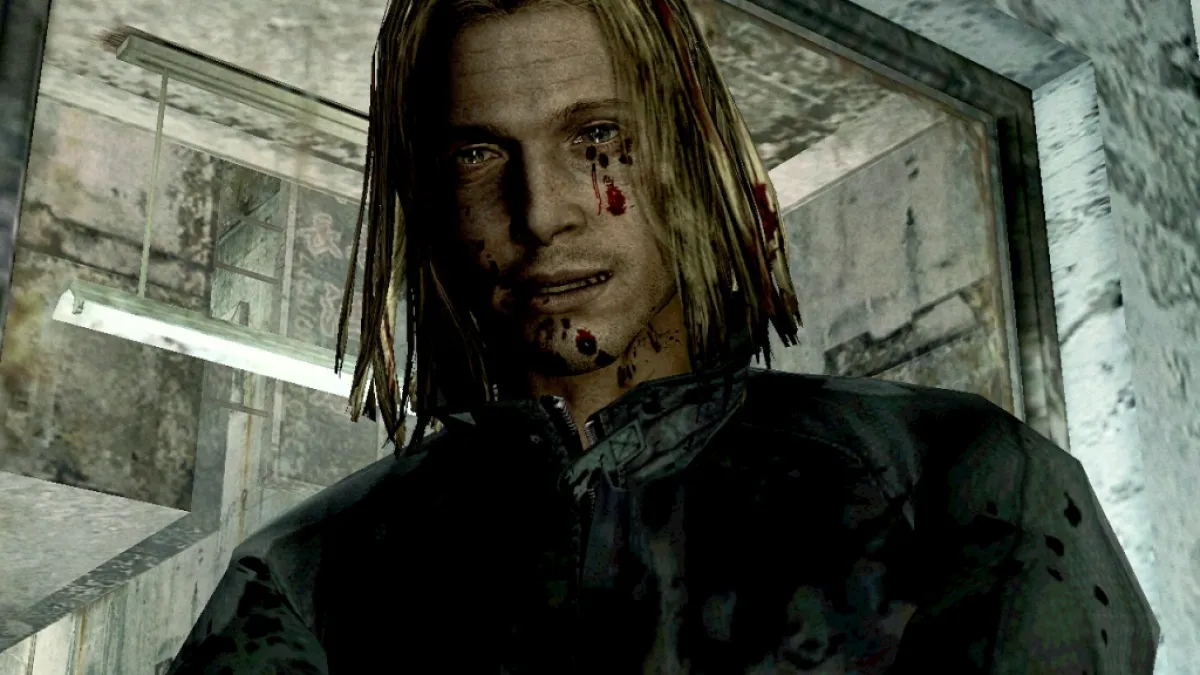
Silent Hill 4: The Room is, by far, the biggest departure for the series — to the point where it was rumored that it wasn’t even a Silent Hill game originally. You can tell where those rumors came from, as its level design philosophy, gameplay decisions, and even the story all feel like a bizarre reimagination of the franchise.
At first, it’s jarring, but if you’re willing to engage with Silent Hill 4’s odd structure, it delivers an incredibly satisfying horror experience that only gets better as it goes on. The story surrounding Walter Sullivan and the 21 Sacraments is fascinating and once you reach the halfway point, the game shifts in such a way that you’ll have to rethink how you approached certain areas and enemies as you feel like you’re never safe no matter where you are.
5) Silent Hill: Shattered Memories (2009)
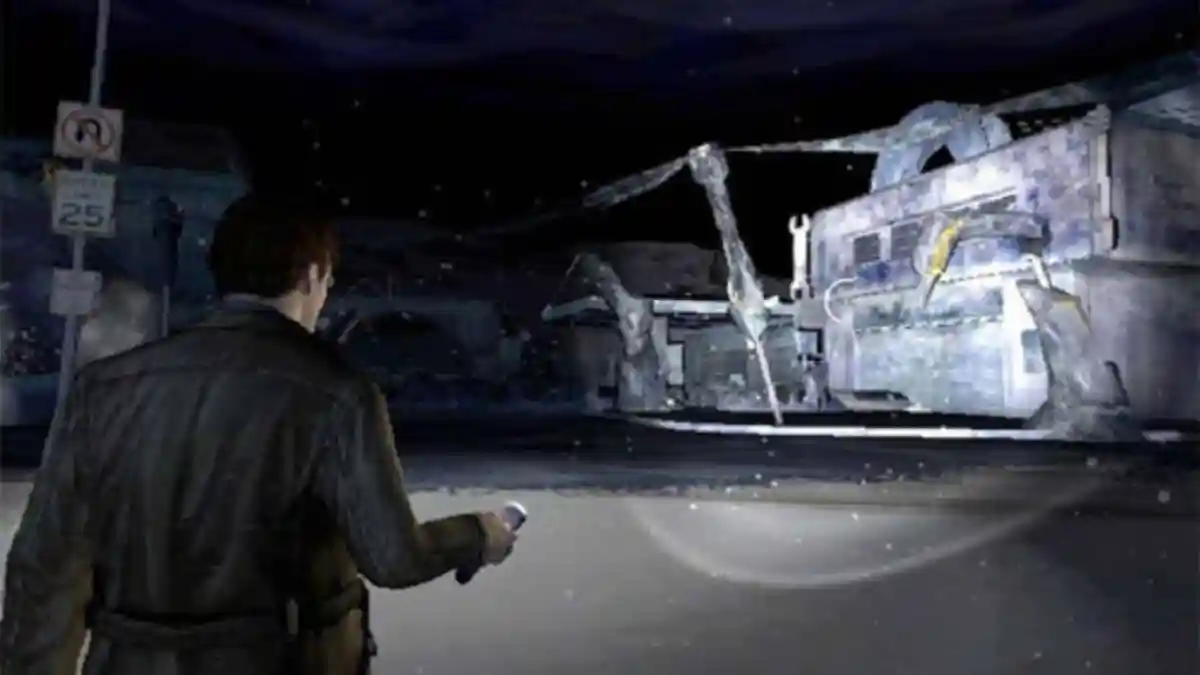
Remaking the first Silent Hill is a big risk, but leave it to
Unlocking Rewards: The Ultimate Guide To The Ski Stars Event In Monopoly GO
Can You Block Someone In Monopoly GO? Here's What You Need To Know!
Unlocking Rewards In Anime Islands: Your Complete Guide To Codes
